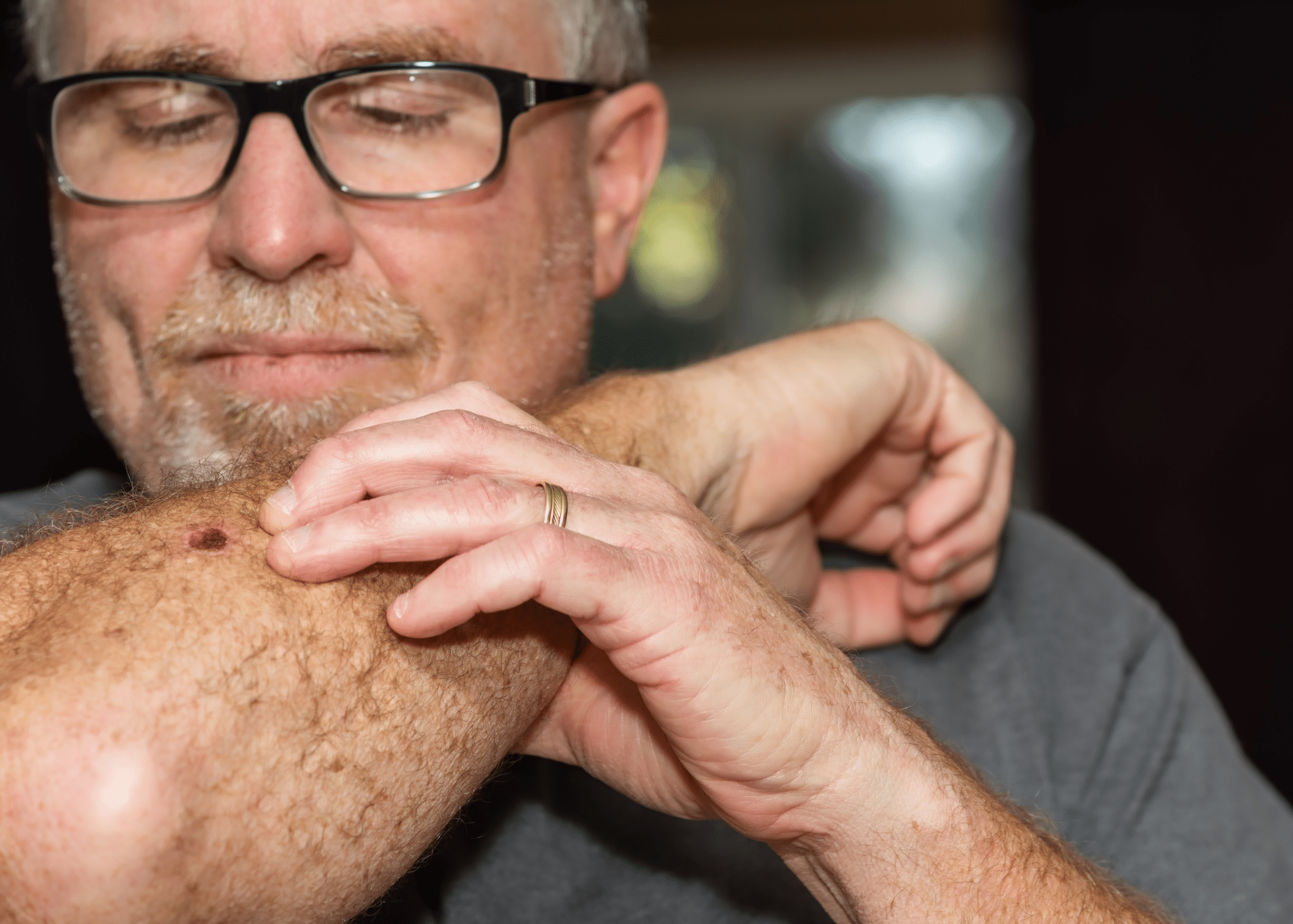
Are you frustrated by the appearance of a double chin, even though you eat a healthy diet and stay active? You’re not alone. Many people struggle with excess fat in the chin and neck area, regardless of their overall health or weight. Thankfully, advancements in cosmetic surgery have made it easier than ever to target and reduce stubborn fat in specific areas, like under the chin. One of the most popular and effective solutions? Chin liposuction.
If you’re considering chin liposuction or simply want to learn more about how this procedure works, this comprehensive guide will walk you through everything you need to know. From understanding how chin liposuction is performed to knowing what to expect regarding recovery and results, we’ll cover it all.
What Is Chin Liposuction?
Chin liposuction, also known as submental liposuction or neck liposuction, is a minimally invasive cosmetic procedure that removes excess fat from under the chin to create a more defined, contoured jawline. It’s particularly effective for individuals who have a double chin or excess fat in the neck area that’s resistant to diet and exercise.
Suctioning out fat deposits can help create a sleeker, more sculpted appearance. It’s often combined with other procedures, like a neck lift or chin augmentation, to enhance overall facial harmony.
Why Do People Get Double Chins?
A double chin, medically known as submental fat, can develop for a variety of reasons, and it’s not always linked to weight gain. Some common causes of a double chin include:
- Genetics: You may be predisposed to storing extra fat in the chin area if it runs in your family.
- Aging: As you age, your skin loses elasticity and collagen, which can result in sagging skin and fat accumulation under the chin.
- Weight Fluctuations: While being overweight can contribute to the appearance of a double chin, it’s not the only factor. Even individuals at a healthy weight can have stubborn fat deposits in this area.
- Poor Posture: Over time, poor posture can weaken the muscles in the chin and neck, leading to sagging and fat accumulation.
Chin liposuction offers a solution to eliminate these fat deposits and restore a more youthful, defined look.
Who Is a Good Candidate for Chin Liposuction?
Chin liposuction isn’t for everyone. However, if you are in generally good health and have realistic expectations about the results, you might be a good candidate. Ideal candidates typically:
- Have good skin elasticity to ensure the skin tightens naturally after the procedure.
- Are within a healthy weight range but have a stubborn pocket of fat under the chin.
- Are looking to improve their facial profile and define their jawline.
- Do not have excessive sagging skin that might require a neck lift instead of, or in addition to, liposuction.
How Is Chin Liposuction Performed?
Chin liposuction is a fairly straightforward procedure, often performed under local anesthesia with sedation. Here’s what the typical process looks like:
- Consultation: Before the surgery, you’ll meet with your plastic surgeon to discuss your aesthetic goals and whether chin liposuction is the right option for you. The surgeon will evaluate your skin elasticity and overall facial structure to ensure you’re a good candidate for the procedure.
- Preparation: On the day of surgery, the area under your chin will be numbed with a local anesthetic. If you’re anxious about the procedure, your surgeon may also offer light sedation or anxiolytic medication to help you relax.
- Incisions: The surgeon will make a few small, discreet incisions, usually less than a centimeter in length, around the treatment area. These are typically located behind the ears or under the chin, where they can be easily hidden once healed.
- Fat Removal: A thin tube called a cannula is inserted through the incisions. The cannula is used to suction out excess fat. During this process, the surgeon will sculpt and contour the chin and jawline to achieve a balanced, natural-looking result.
- Closure: Once the fat has been removed and the area is contoured, the incisions are closed with stitches, and a bandage or compression garment is applied to minimize swelling and support the healing process.
The procedure typically takes about 1 to 2 hours, depending on the extent of the fat removal needed.
What to Expect During Recovery
After chin liposuction, recovery is relatively quick, but it’s important to follow your surgeon’s instructions closely to ensure the best possible outcome. Here’s what you can generally expect during the healing process:
1. Initial Recovery Period (First Week)
It’s normal to experience some swelling and bruising around the chin and neck area in the first few days. We recommend wearing a compression garment 24/7 for the first week to help reduce swelling and promote proper healing. While you may feel some discomfort, it’s usually mild and can be managed with prescribed or over-the-counter pain medication.
You should take it easy for the first few days after surgery, avoiding strenuous activities or heavy lifting. Most people can return to work within a week, but it’s essential to follow your surgeon’s advice about resuming regular activities.
2. Healing Process (Week 2-3)
By the second week, much of the swelling and bruising will have subsided, though you may still have some residual puffiness. Continue to wear your compression garment as often as possible during the day and each night during the second week. You can take it off for occasional appointments but you’ll get better results the more frequently you wear it. As the swelling continues to decrease, you’ll start to notice the new shape of your chin and jawline taking form.
Wear your compression garment at night during your third week of recovery. After that, you no longer need your garment! Your surgeon will schedule follow-up appointments to monitor your healing progress and remove any stitches, if necessary.
3. Final Results (Months 1-3)
It can take up to 3 months for all swelling to completely subside and for your final results to become fully visible. Once healing is complete, you’ll be able to enjoy the full effects of the procedure — a more contoured, youthful-looking chin and neck.
What Are the Risks of Chin Liposuction?
Like any surgical procedure, chin liposuction comes with some risks. However, it’s generally considered safe when performed by a qualified and experienced plastic surgeon. Common risks associated with chin liposuction include:
- Infection: As with any surgery, there’s a risk of infection at the incision sites. Your surgeon will provide you with care instructions to reduce this risk.
- Scarring: While the incisions are small and strategically placed, there is a possibility of minor scarring. In most cases, the scars fade significantly over time.
- Asymmetry: In rare cases, patients may experience uneven fat removal, resulting in an asymmetrical appearance. This can usually be corrected with a touch-up procedure.
- Numbness: Some patients may experience temporary numbness or tingling in the treated area, though this typically resolves within a few weeks.
It’s crucial to choose a board-certified plastic surgeon with experience in facial contouring procedures to minimize the risk of complications.
How Long Do Results Last?
The results of chin liposuction are long-lasting, provided you maintain a stable weight and healthy lifestyle. The fat cells removed during liposuction do not regenerate, so the treated area will remain slimmer even if you gain weight in the future. However, significant weight fluctuations can affect the appearance of your results.
Additionally, while the fat removal is permanent, the natural aging process will continue. Over time, you may experience some loss of skin elasticity or sagging. In such cases, you might consider additional treatments, like a neck lift or non-invasive skin-tightening procedures, to maintain your youthful contours.
We also often recommend intense pulsed light (IPL) therapy to our chin liposuction patients. It can help tighten the skin and tissue in the neck, improving the results.
Chin Liposuction vs. CoolSculpting
While chin liposuction is highly effective for removing fat and defining the jawline, there are also non-surgical options available for those who prefer a less invasive approach.
CoolSculpting uses controlled cooling technology to freeze and destroy fat cells. It’s a non-invasive treatment that can help reduce fat under the chin over several months. CoolSculpting usually requires multiple sessions and delivers more subtle results than liposuction.
How Much Does Chin Liposuction Cost?
The cost of chin liposuction can vary depending on several factors, including the surgeon’s experience and the complexity of the procedure. On average, chin liposuction costs range from $2,500 to $5,000. Be sure to discuss the full cost breakdown with your surgeon during your consultation, including fees for anesthesia, facility costs, and post-operative care.
Is Chin Liposuction Right for You?
Chin liposuction is a highly effective solution for individuals seeking to eliminate a double chin and achieve a more defined, youthful jawline. If you’re tired of feeling self-conscious about your profile and have struggled to shed stubborn fat in the chin area, this procedure could be the ideal option for you.
As with any cosmetic procedure, it’s essential to have realistic expectations and understand that individual results can vary. Consulting with a qualified plastic surgeon will help you determine if chin liposuction is the best choice to achieve your aesthetic goals.
Say goodbye to your double chin and hello to a sleek, contoured jawline — with chin liposuction, the profile you’ve always wanted is just a procedure away.




